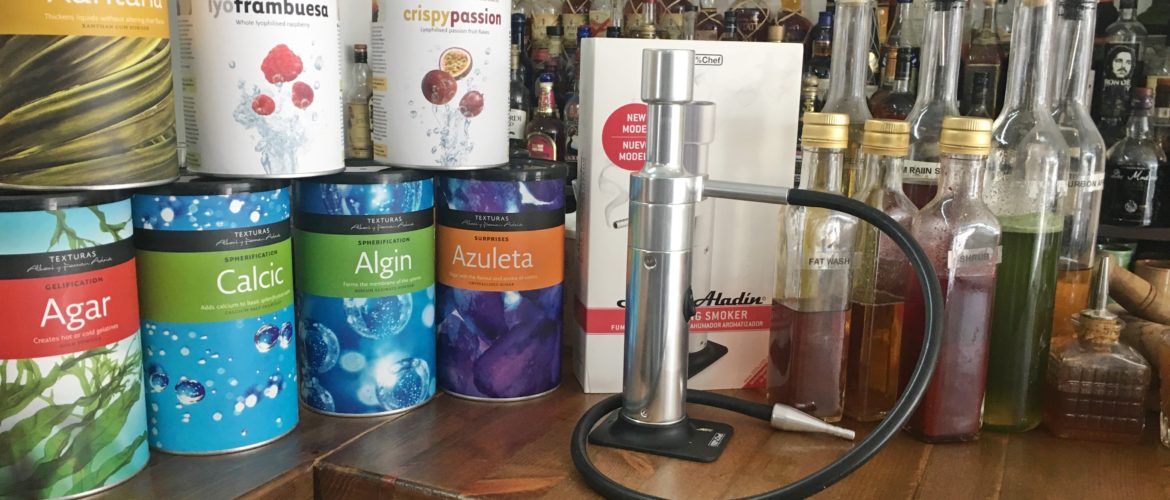Molecular Mixology Innovations With Molecular Gastronomy Techniques

Molecular Mixology: Synthesised Alchemy of Intensified Taste and Presentation
Have you completed a molecular mixology course and are looking for mixology ingredients for your home or professional mixology collection? You know you won’t be able to resist these! Exploring the outer limits of cocktail creativity and taste invention has never been more quick, easy and affordable! The fabulous art, science and magic of molecular mixology available in a range of handy 500g | 600g containers.
Has it really been three decades since cocktails were transformed by the arrival of delicious chemistry? It was around 1988 that cocktail bartenders transformed into maestro mixologists as they experimented with liquid nitrogen, heat, solidifying liquids, gels, powders, foams and atomised sprays. But it was during the early years of the 21st century that classic cocktail favourites were “reimagined” with a focus on producing stunning effects.
Molecular mixology a new concept born from molecular gastronomy
There was, however, nothing simpler for an aspiring molecular mixologist than to freeze a cocktail into a sizeable ice cube and let the drink magically appear as it melts inside the glass. Those seeking a more dramatic ‘appliance of science’ approach could also try using a syringe to inject a liquid cocktail formulation into a semi-solid ice cube.
Suddenly, out of molecular gastronomy was born a totally new concept – molecular mixology. The new mixologists were experimenting with similar techniques. Left-field ingredients, spirits and liquids were synthesised in powerful alchemy of unexpected taste, textures and presentation. The cocktail experience redefined for a new age where the tools and techniques of molecular gastronomy create flavours of greater intensity to confound all sensory preconceptions and expectations.
And not a white lab coat in sight! No need for any chemistry lessons, even with advance layering techniques and extreme densities to create uber-chic, in-glass effects. Cocktail enthusiasts and experienced bartenders alike, continually innovate unique blends and processes, informed by cocktail know-how and expertise, and which also ensures ingredients are food-grade safe.
Molecular mixology of Spherification
One classic molecular technique that mixologists love to perform – especially when creating the ever-popular molecular mojito spheres – is spherification, i.e. the shaping of a liquid into a sphere. The process uses sodium alginate (made from seaweed), which forms a gel-like substance when placed into a calcium chloride solution. There is also ‘reverse spherification’ which, instead, infuses a liquid with the gelling agent before submerging in the sodium alginate.
Molecular mixology of Suspension
A further refinement in the molecular process of liquid thickening that can turn heads at the mixologists bar is the cocktail mechanics of suspension. Here the aim is to thicken the liquid that will enable suspension within the drink of ingredients, such as fruit, micro herbs and caviars. The technique often uses Xanthan gum, produced by the fermentation of corn starch.
Molecular mixology essential tools
And let’s not forget the essential tools of molecular mixology that you will need to seamlessly perform your liquid magic. For perfecting the skills at every step of the spherification process, you will definitely need a Texturas Eines pack, containing syringes, dosing, and collecting spoons. And no dedicated mixologist would be without a professional culinary gas torch lighter for alluring, smoky aroma effects and caramelised drinks.
Interested in molecular mixology? Check out our Advanced Molecular Mixology online course.
